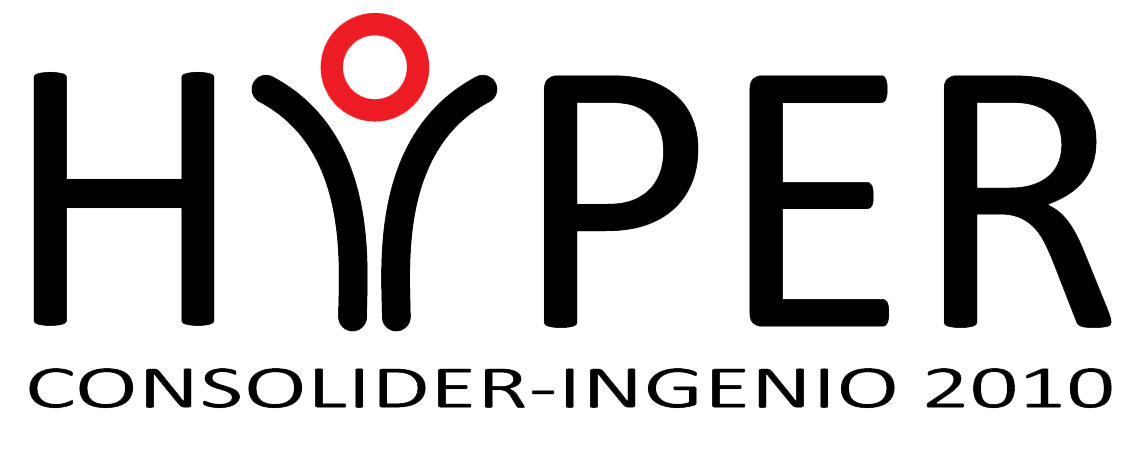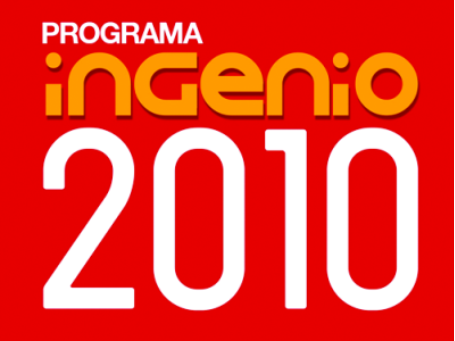WS7 - Neural Interfaces: Novel possibilities for neurorehabilitation
The insight into the brain's functioning that neuroscience has gained during the last few decades together with the ever-expanding micro and nano fabrication technologies has led to the development of new possibilities for intervening in the brain. For example deep brain stimulators have been implanted successfully in patients for pain management and for control of motor disorders such as Parkinson's disease, cochlear implants are being used for restoring auditory function, micro-array type devices have been implanted in rudimentary artificial vision systems and a wide variety of devices have been developed to control respiration, activate paralysed muscles or stimulate bladder evacuation. At the same time advances in artificial limbs and brain-machine interfaces are now providing hope of increased mobility and independence for amputees and paralysed patients. Moreover there is preliminary data showing that by using electrophysiological methods it is possible to extract information about intentional brain processes and then translate these signals into models that are able to control external devices. Further qualms relate to applications which may go "beyond therapy" by aiming at the enhancement of cognitive capacities and emotional well-being. As more and more patients have benefited from this approach, the interest in neural interfaces has grown significantly. Progress in this scientific field relies on scientists being able to integrate and utilize methodologies from disparate disciplines, such as biomedical engineering, neuroscience, information and communication technologies, clinical neurophysiology, molecular biology, optogenetics, etc. Furthermore it is essential to take into account ethical and legal issues. We will discuss the role of converging technologies to develop new implantable devices and applications that are beyond the grasp of current technologies. We expect that in the future, these technologies will allow to monitor and manipulate many parallel events in real time and will provide powerful tools not only for basic neuroscience research but also for the diagnosis and treatment of many neurological diseases. This integration will provide the basis for the design and development of large arrays of devices, multiplexed functional systems and platforms able to safely interact with a complex biological structure such as the nervous system. The idea is to bring together a multidisciplinary group of experts from various fields in order to participate in a collective exercise of strategic thinking where research is put in perspective with industrial and broader societal needs.
Organizers
Eduardo Fernandez, Professor and Director of the Biomedical Neuroengineering Division of the University Miguel Hernández, Spain. He received a M.D. degree from the University of Alicante (1986) and a Ph.D. in Neuroscience with honors in 1990. He has been visiting professor at the University of Utah (USA), Oldenburg (Germany), Beth Israel and Harvard Medical School (USA) and University of Vienna (Austria). His research interest is in using morphological as well as electrophysiological techniques to understand the management and coding of information by population of neurons. He is also actively working on the development of neuroprostheses and brain-machine interfaces and coordinating a project which tries to demonstrate the feasibility of a neuroprostheses, interfaced with the occipital cortex, as a means through which a limited but useful sense of vision could be restored to profoundly blind. In the last 5 years he has been using histological and electrophysiological techniques to asses the response to implantation and general biocompatibility issues regarding intracortical microelectrodes. His group is also working on the developing of integrated multifunctional microprobes for the scientific understanding of cerebral systems and for the treatment of several neurological diseases. Richard Normann, Professor of Bioengineering and Opthalmology at the University of Utah in Salt Lake City. Professor Normann's ongoing research involves applied and basic studies of the central and peripheral nervous system. He is the inventor of the Utah Electrode Array, a silicon microelectrode array that has been used extensively in acute and chronic recording experiments and is currently being tested in human clinical trials under an Investigational Device Exemption (IDE) from the Food & Drug Administration (FDA). He is also the inventor of the Utah Slanted Electrode Array which is used to record from and stimulate sensory and motor nerve fibers in the peripheral nervous system. These arrays can form the basis for many neuroprosthetic applications and are also being used to study the parallel processing of sensory information in many labs through the world. His research on the array spawned a spin-off company, Bionic Technologies, LLC, where he served as chair of the board. Professor Norman received his B.S., M.S. and Ph.D degrees in Electrical Engineering form the University of California at Berkely. He is a Fellow of the American Institute of Medical and Biological Institute and has served in many Advisory Boards through the world. He is currently one of the 15 experts involved in the BRAIN initiative announced by the Obama administration on April 2, 2013.
Goals
The workshop will include cross cutting topics such as: - Identification of issues related to the problems and challenges raised to interface the human nervous system. - Practical considerations for the design of neural interfaces - Neural information processing. - Optimizing material tissue interactions. - The cross fertilization among the different fields. - Future challenges. - Educational resources and requirements in the development of the research in the emergent field of neurotechnology. - Considerations on the side effects, security issues and implications of the applications in this field. These could include adverse health effects from novel materials and devices, reliability, invasions of privacy, etc.
Speakers
Please, see organizers
Program
| Sept 16 | Sept 17 | Sept 18 | |
| 14.30-16.00 | Welcome, goals and introduction to neural prosthesis | Multielectrode recordings | Electrical stimulation & Optogenetics tools |
| 16.00-16.30 | Coffee break | ||
| 16.30-18.00 | New Prosthetic Applications | Individual work: Analysis of multielectrode recordings | Live demonstrations. Discussion |
Expected audience
Researches, engineers and health professionals interested in neurorehabilitation technologies. A broad introduction into the physiological background as well as recording and stimulation methodologies will be provided.
Previous knowledge
No specific background knowledge will be necessary.
Topics in which the PhD students will get insight
The students will learn the basics of Neural Interfaces, will review the state of the art and will familiarize with their applications for the rehabilitation process.
HW/SW that the participant need to bring/install
None





